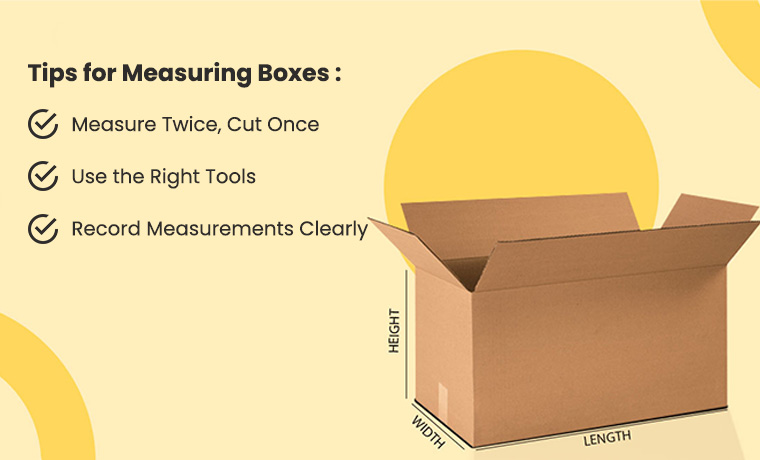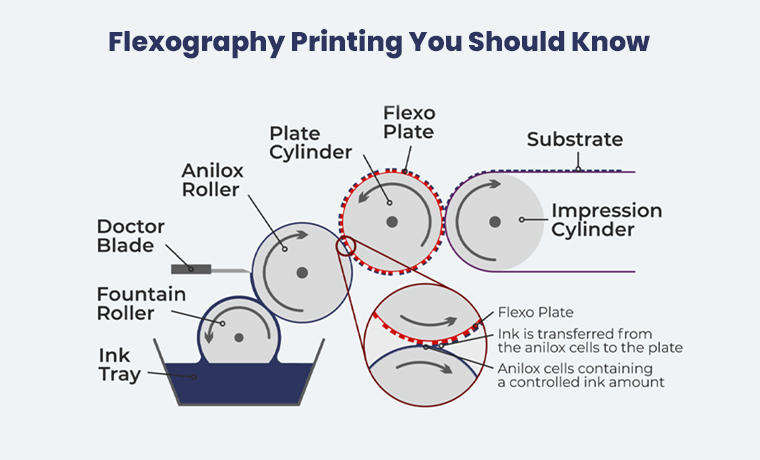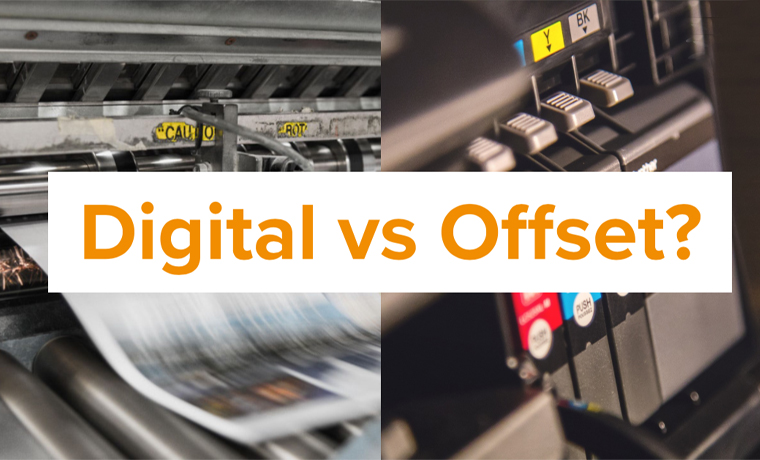What Are the Dimensions of a Box? How to Measure Width, Length, and Height

Understanding box dimensions is essential whether you're involved in shipping, moving, or custom product packaging. Knowing how to measure a box accurately ensures you select the right size for your needs, avoid additional shipping costs, and optimize storage space. In this comprehensive guide, we will delve into the details of box dimensions, explaining how to measure width, length, and height accurately.
Understanding Box Dimensions
Box dimensions are typically represented in three measurements: length, width, and height. These dimensions provide a clear picture of the box's size and capacity, which is crucial for various applications, from shipping to storage.
Length: This is the longest side of the box.
Width: This is the shorter side, perpendicular to the length.
Height: This is the vertical dimension from the base to the top of the box when it is standing upright.
Why Box Dimensions Matter
Accurate box dimensions are crucial for several reasons:
Shipping Costs: Carriers often charge based on the size and weight of the package. Incorrect measurements can lead to unexpected shipping costs.
Storage Efficiency: Knowing the exact dimensions helps in optimizing storage space, whether in a warehouse, closet, or moving truck.
Product Protection: Correct box dimensions ensure that items fit securely, reducing the risk of damage during transit.
How to Measure a Box

Measuring a box accurately is a straightforward process, but it requires attention to detail. Here’s a step-by-step guide on how to measure a box correctly.
Step 1: Identify the Box's Sides
Before you start measuring, identify the box's length, width, and height. This step is crucial to ensure you measure the correct sides.
Length: Measure the longest side of the box.
Width: Measure the side perpendicular to the length.
Height: Measure the vertical side from the base to the top.
Step 2: Measure the Length
To measure the length:
- Place the box on a flat surface.
- Use a measuring tape or ruler.
- Measure the longest side from one end to the other.
- Record the measurement.
Step 3: Measure the Width
To measure the width:
- Use the measuring tape or ruler.
- Measure the side perpendicular to the length.
- Record the measurement.
Step 4: Measure the Height
To measure the height:
- Stand the box upright.
- Measure the distance from the base to the top.
- Record the measurement.
How to Measure a Box for Shipping
Measuring a box for shipping involves the same steps as above, but accuracy is even more critical to avoid additional costs. Here are some tips to ensure precise measurements:
Use a Sturdy Measuring Tape: Ensure your measuring tape is long enough and doesn't bend, which can cause inaccuracies.
Measure in Inches or Centimeters: Use the unit of measurement preferred by your carrier.
Double-Check Measurements: Verify your measurements to avoid any discrepancies.
Tips for Measuring Boxes

Here are some additional tips to ensure accurate box measurements:
Measure Twice, Cut Once: This old adage applies to measuring boxes as well. Double-check your measurements to ensure accuracy.
Use the Right Tools: Use a sturdy measuring tape or ruler for precise measurements.
Record Measurements Clearly: Write down the measurements immediately to avoid confusion later.
Practical Applications of Box Dimensions
Understanding box dimensions is not just about measuring for shipping. Here are some practical applications:
- Custom Product Packaging: Accurate measurements are essential for designing custom product packaging that fits perfectly and protects the product.
- Moving: When moving, knowing the exact dimensions of your boxes helps in organizing and optimizing space in the moving truck.
- Storage: Accurate box dimensions help in maximizing storage space, whether in a warehouse, garage, or closet.
Conclusion
Measuring box dimensions accurately is a fundamental skill for various tasks, from shipping and moving to custom product packaging. By understanding how to measure a box correctly, you can ensure that you select the right size, avoid additional costs, and protect your items effectively. Follow the steps and tips outlined in this guide to measure the length, width, and height of any box accurately.
FAQS:
Q1: How do you measure width, length, and height?
Ans: To measure width, length, and height, identify the box’s sides, then use a measuring tape to measure each side. Length is the longest side, width is the shorter side perpendicular to the length, and height is the vertical side.
Q2: What are the dimensions of a box?
Ans: Box dimensions are the measurements of its length, width, and height. These dimensions are crucial for various applications, including shipping, storage, and custom product packaging.
Q3: How do you measure a box for shipping?
Ans: To measure a box for shipping, identify the length, width, and height, then use a measuring tape to measure each dimension accurately. Double-check your measurements to avoid any additional shipping costs.
Q4: How to measure boxes accurately?
Ans: To measure boxes accurately, follow these steps:
- Identify the length, width, and height.
- Use a measuring tape or ruler.
- Measure each dimension carefully.
- Record the measurements.





